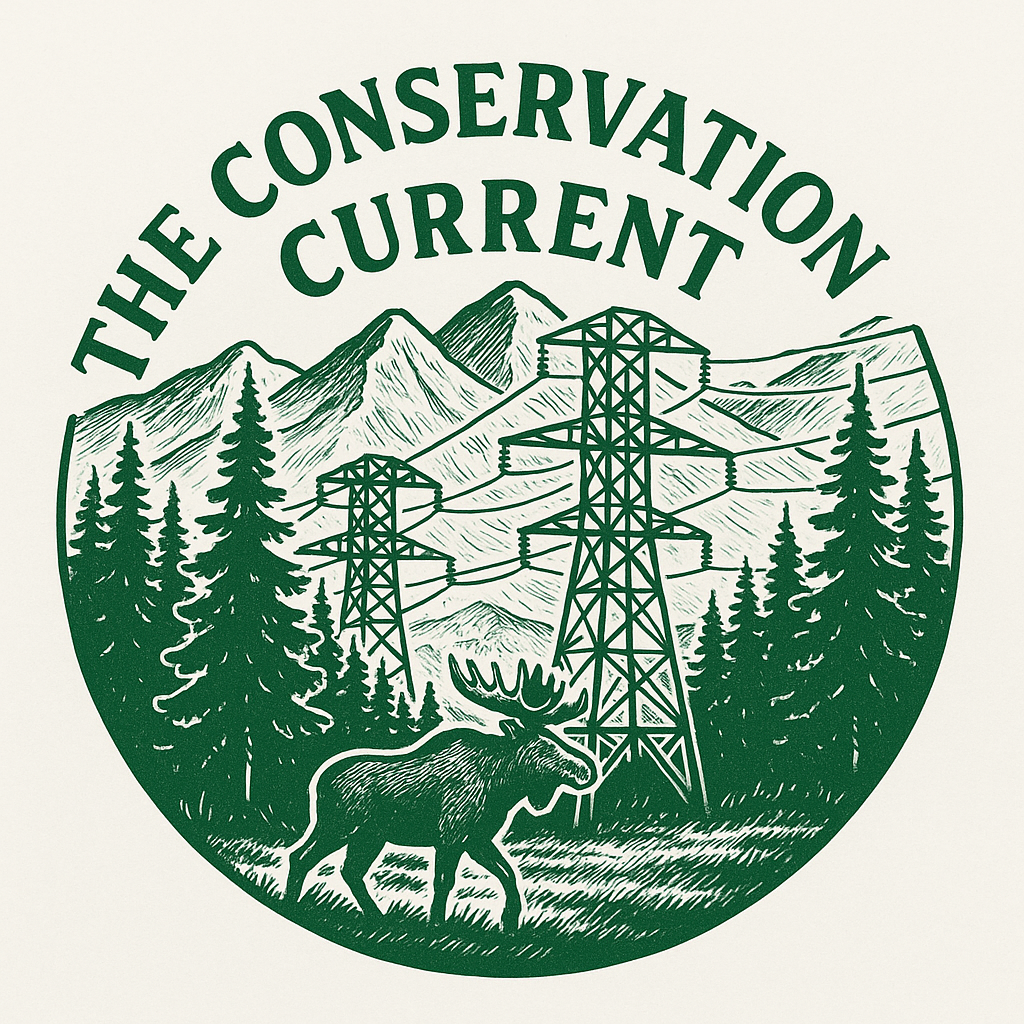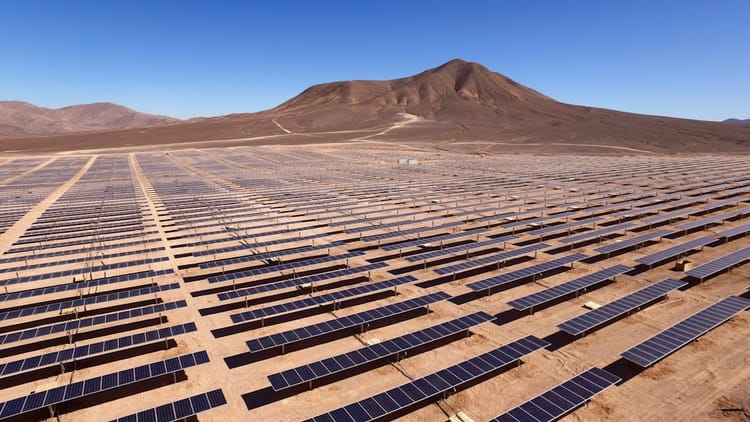Can We Rewild An Old Oil Field?

First, let’s take a damage report.
Picture an old oil field. Rusted steel groans in the Wyoming sun. It smells faintly like a mechanic's rag left out in the rain. Roads to gravel well pads scar once pristine sagebrush country. Methane, benzene, and other volatile organics turn nearby lungs into air filters. Corroding wells, contaminated soil, and produced briny water seep into fresh ground and surface water, even the strongest trout would swim away from.
This is the part of “drill baby drill” they don’t show you in the pamphlet. 23 million acres of public land are leased for oil and gas production, with about 12.4 million active acres. Over that land sit about 89,000 wells groaning away.1
Thanks for reading The Conservation Current’s Substack! Subscribe for free to receive new posts and support my work.
According to the Department of the Interior’s announcement in June 2025, we may have a reserve under all 640 million acres of federally managed public lands that could provide 4 years of oil and 12 years of gas for the United States’ current consumption rate.2 However, no talk and little money is allocated to what happens to the land after depletion.
“American Energy Dominance is more important than ever, and this report underscores the critical role science plays in informing our energy future” - Secretary of the Interior Doug Burgam
This quote is concerning. Especially when you pair it with the Big Beautiful Bill. Yes, its important to understand what resources we have but tapping into those now is a shortsighted. The world is adopting clean energy, and its globally one of the fastest growing industies. At this point it’s not just an environmental fix, its become a good financial decision for a country to innovate on. So, why are we choosing to fall behind? (There are so many red flags around this aggressive pillaging of resources from our public lands recently put into law, but I have gone into that detail in The Big Beautiful Land Grab.)
Once an oil field is tapped, a ghost remains who haunts mother nature. Roads don’t just melt into prairies. Gravel pads don’t sprout wildflowers overnight. Deer, elk, sage grouse, or caribou that once used or crossed this land have already learned to go elsewhere. The land is scared. The biodiversity is gone.

So the questions are fair: Can we rewild this stuff? Can we repay the ecological debt we have been running up for decades?
The Rewilding Pitch
Here’s the dream:
- Plug the depleated wells.
- Rip up the pipes.
- Scrape off the gravel.
- Plant native seeds.
- Let nature do her thing.
Some environmental groups have done this on a small scale. When it works, the results are magical.
The soil loosens, and native plants return, or are planted. With time, birds nest again, and game trails reappear. The air smells like rain instead of diesel.
There is also another angle. Rewilded land sequesters carbon. Prairie grasses trap it underground. Forests suck it out of the air. Wetlands act like carbon vaults. The land that once burped out greenhouse gases could swallow it back up.
For more information on a rewilding project in oil land, visit the website for The Panorama Vista Preserve in Bakersfield, California.
The Catch
Here is the bad news. Rewilding is not cheap, quick, or even guaranteed. Restoring oil fields isn’t just planting native grass and calling it a day. Contaminated soil takes years of work and millions of dollars to make it safe again. Native species don't always come back.
Worse, many abandoned wells aren't cleaned up. Companies vanish or go bankrupt before reclaiming sites, leaving taxpayers on the hook. Plugging the estimated 15,000 orphaned wells on federal land can cost hundreds of millions of dollars.3
Even if we do everything right, nature can be stubborn. Sage grouse avoid restored pads for years. Caribou may never trust a route that once smelled like a mechanic's old diesel rag. It’s like a restaurant with a failed health inspection. Sometimes the regulars just never come back.
So, Wishful thinking?
Rewilding old oil fields can work. Current scars on public lands can be turned into living land, but it's a slow, stubborn, expensive process, that currently gets little attention.
It's best to think of this less like offsetting the damage and more like making amends. You can't erase what was done, but we can start paying off that debt. And just maybe, the land will remember how to be wild again.
The real trick? Not making a mess in the first place. It’s easier to keep public land wild than to convince it to forgive you.
https://www.blm.gov/programs/energy-and-minerals/oil-and-gas/about?utm_source=chatgpt.com | FY2022 ↩
https://www.doi.gov/pressreleases/interior-releases-major-update-oil-and-gas-potential-beneath-us-public-lands | 6/18/2025 ↩
https://www.blm.gov/blog/2024-12-06/tackling-legacy-orphaned-wells-federal-orphaned-well-program-action?utm_source=chatgpt.com | 12/6/2024
https://www.rff.org/news/press-releases/new-study-reveals-key-factors-for-estimating-costs-to-plug-abandoned-oil-and-gas-wells/?utm_source=chatgpt.com | 7/21/2021 ↩





